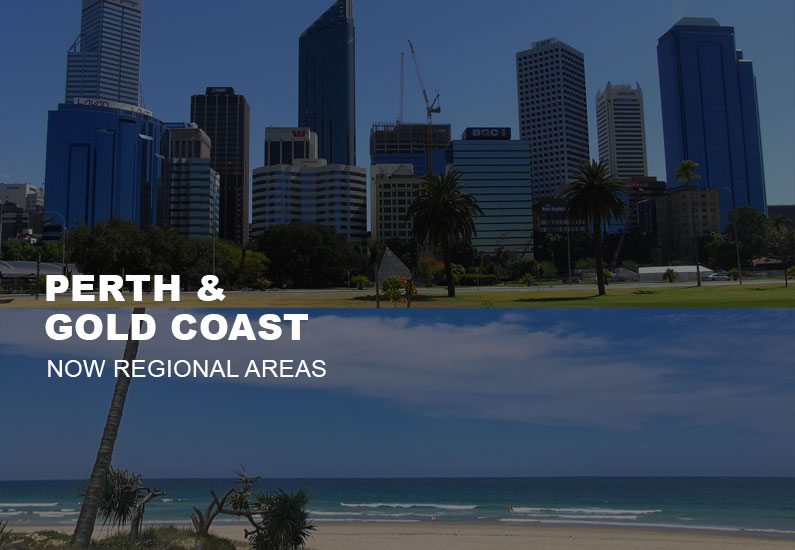Occupations for Subclass 494 visas
The occupation lists for the SC 494 are comprised of the Medium and Long-term Strategic Skills List (MLTSSL), and the Regional Occupation List (ROL).
There are a total of 650 occupations available for the Subclass 494 with 216 occupations available on the MLTSSL and 434 occupations available on the ROL. You can check the list of eligible occupations here:
Legislative Instrument F2019L01403-LIN 19/219:Occupations for Subclass 494 Visas Instrument 2019
Exemptions from English Language Requirements for SC 186 and SC 187
English language exemption- The exemption to English for a person that has completed at least 5 years of full-time study in a secondary or higher education institution where all tuition was delivered in English will be removed as an exemption for the subclass 186 in the Temporary Residence Transition stream. From 16 November 2019 the exemption will only apply to subclass 187 in the Temporary Residence Transition Stream.
Subclass 494- Employer sponsored stream Exemptions
Age exemptions
Applicants are not required to be under 45 for the subclass 494 in the Employer Sponsored stream if they are:
a) academic applicants
b) regional medical practitioner applicants
c) science applicants
d) Subclass 444/461 workers
e) Subclass 457/482 workers
Skills and Employment History exemptions
Applicants for the subclass 494 in the employer sponsored stream are exempt from skills assessment requirements if they are:
a) academic applicants
b) 444/461 workers
Applicants for the subclass 494 in the employer sponsored stream are exempt from having to be employed in the nominated occupation for at least 3 years on a full-time basis and at the level of skill required for the occupation if they are:
a) academic applicants;
b) 444/461 workers
Occupations and Assessing Authorities for Subclass 491
From 16 November 2019
- The assessing authority for Child Care Centre Manager changed from TRA to ACECQA for subclass 491, subclass 189, subclass 190 and subclass 485 visa applications made after 16 November 2019
- The assessing authority for Podiatrist changed from ANZPAC to PodBA for subclass 491, subclass 189, subclass 190 and subclass 485 visa applications made after 16 November 2019
- The assessing authorities for the occupations of Child Care Centre Manager and Podiatrist will remain TRA and ANZPAC respectively for skills assessments that occur prior to 16 November 2019. These skills assessment will be valid for the purpose of Subclass 494 visa.
- The Assessing authority for physicist (234914) is VETASSESS except for a Medical Physicist which is ACPSEM
Read more about benefits of living, studying and working in regional areas here.
Disclaimer
The above article constitutes only generic information on migration issues, and does not constitute specific migration advice to any entity or individual.
Interested to know more?
Click here to book a FREE 15 minute phone call with one of our friendly consultants. You may also fill out the Online Assessment Form for a free assessment to know your eligibility for a visa to Australia.





